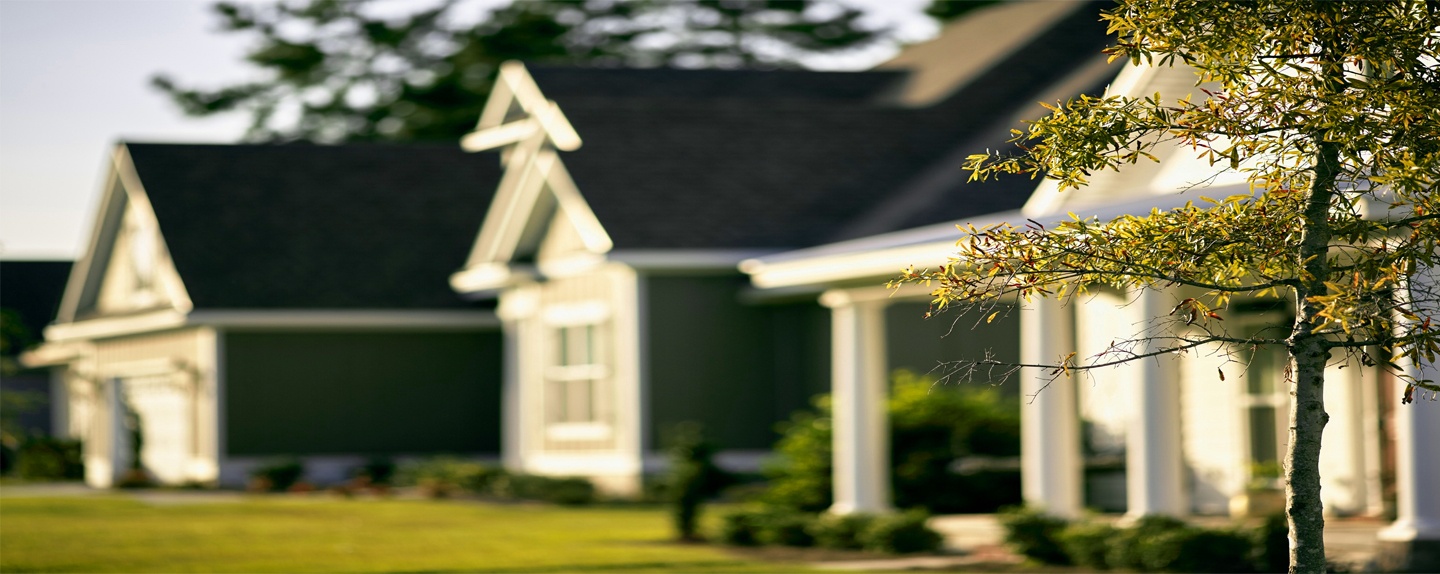Is your lawn suffering from unsightly patches due to snow mold? Discover effective solutions to revive your grass and restore its lush, green beauty.
Understanding Snow Mold: What Causes It?
Snow mold is a type of fungal disease that affects grass, typically in regions with cold winters. The fungi responsible for snow mold thrive under a blanket of snow, where the grass remains damp and cool for extended periods. The two most common types are gray snow mold (Typhula blight) and pink snow mold (Microdochium nivale).
These fungi develop when the ground is not completely frozen and is covered by snow for an extended time. Poor lawn care practices, such as not raking leaves before winter and insufficient mowing, can create an environment conducive to snow mold.
Assessing the Damage: Identifying Snow Mold in Your Lawn
The first step in recovering your lawn from snow mold is identifying the affected areas. Snow mold typically appears as circular patches of dead and matted grass, often with a pinkish or grayish hue. These patches can range from a few inches to several feet in diameter.
Carefully inspect your lawn once the snow has melted. Look for areas where the grass looks flattened or discolored. Early detection is key to preventing the spread of snow mold and minimizing damage.
Step-by-Step Guide to Lawn Recovery
1. **Rake the Affected Areas:** Gently rake the matted grass to improve air circulation and promote new growth. Be careful not to damage the healthy grass.
2. **Aerate the Lawn:** Aerating helps to break up compacted soil and improves drainage, making it harder for mold to thrive.
3. **Apply Fungicide:** If the snow mold is severe, you may need to apply a fungicide specifically designed for snow mold. Follow the manufacturer's instructions carefully.
4. **Re-seed Bare Patches:** After treating the affected areas, re-seed any bare patches to encourage new growth. Use a high-quality grass seed and follow proper seeding techniques.
5. **Water Appropriately:** Water the newly seeded areas lightly but frequently until the grass is established. Avoid overwatering, as excessive moisture can promote fungal growth.
Preventive Measures: Keeping Snow Mold at Bay
Preventing snow mold starts with good lawn care practices. Here are some tips to help keep your lawn healthy and snow mold-free:
1. **Mow Properly:** Continue to mow your lawn until it stops growing in the fall. Keep the grass at an appropriate height to reduce the likelihood of snow mold.
2. **Rake Leaves:** Clear fallen leaves and debris from your lawn before the first snowfall. This prevents the buildup of organic material that can harbor mold.
3. **Fertilize in Fall:** Apply a balanced fertilizer in late fall to strengthen the grass and improve its resistance to disease.
4. **Avoid Excessive Thatch:** Thatch is a layer of organic material that can prevent water and nutrients from reaching the soil. Regular dethatching helps maintain a healthy lawn.
When to Call in the Professionals
While many snow mold issues can be handled with DIY methods, some situations may require professional intervention. If your lawn has extensive damage or if you're unsure about the best course of action, it's wise to consult with a lawn care expert.
Professional lawn care services, like Grassmaster Plus can provide a thorough assessment and tailored treatment plan to restore your lawn's health. They can also offer ongoing maintenance to prevent future outbreaks of snow mold.

